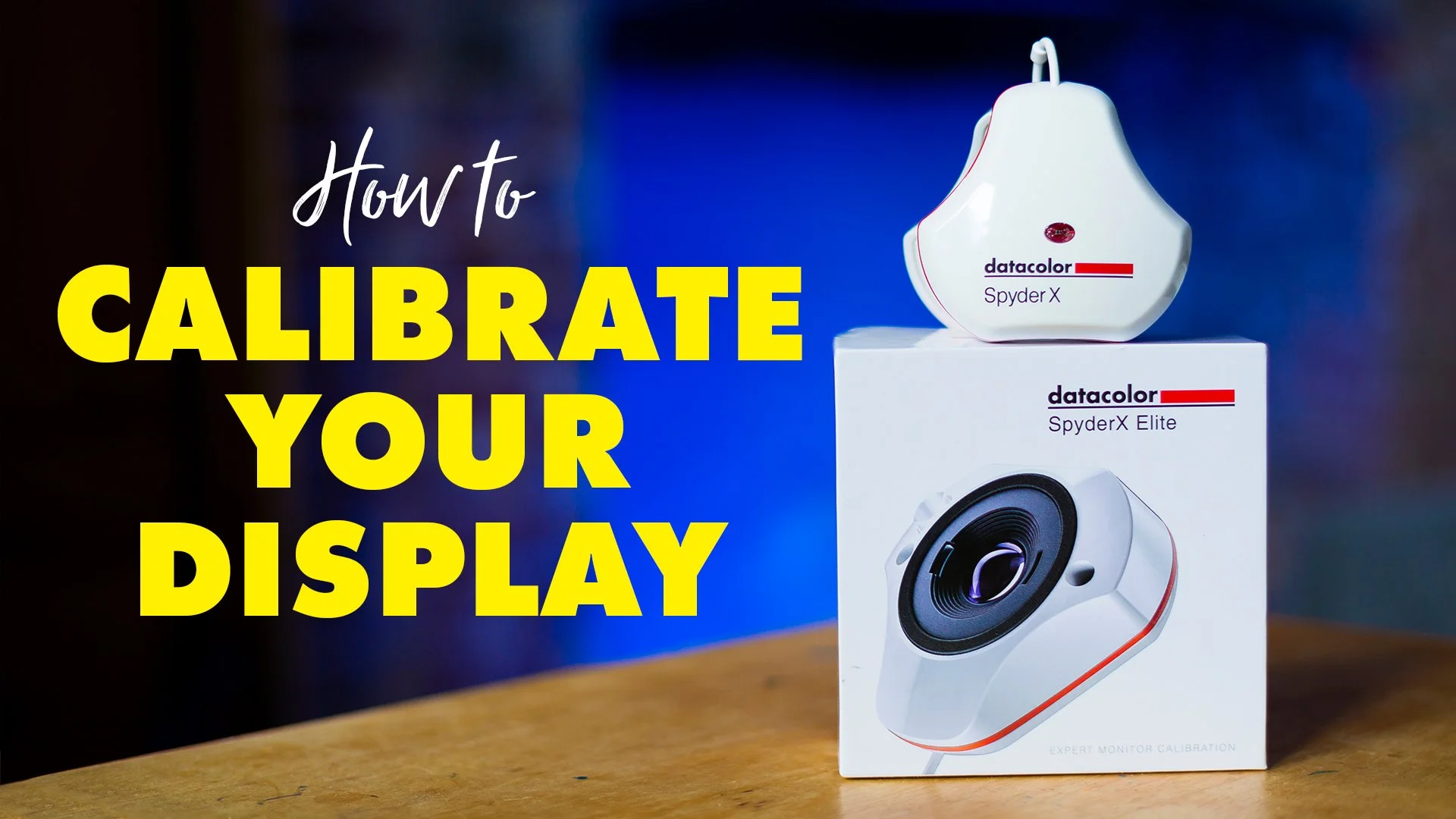Datacolor SpyderX Elite - How to calibrate your display
In this video, we take a look at how to calibrate your display using the SpyderX Elite from Datacolor.
If you want to have the most accurate colors on your display, you need to calibrate your monitor. For more information about the SpyderX Elite and other products from Datacolor:
Full disclosure, this is not a sponsored video but the SpyderX Elite was very kindly sent to me from datacolor to try out and make this video, but as always all opinions are my own and they do not have a say on the final video.
In this video, we are going to take a look at the SpyderX Elite from datacolor.
Previously we looked at the other products from the Spyder range and how you can use them to get accurate colors in-camera.
Now I'll show you how to calibrate your monitors for the most accurate colors in post-production.
Full disclosure, this is not a sponsored video but the SpyderX Elite was very kindly sent to me from datacolor to try out and make this video, but as always all opinions are my own and they do not have a say on the final video.
We all know that not all displays are created equally and that everyone will see the images and videos we put out there online slightly differently.
This is where the SpyderX Elite comes in. Having a calibrated monitor will give you the confidence of knowing that the colors you are seeing are accurate when you put your work out there into the world.
datacolor offers currently offers two versions of the SpyderX, the Pro and the Elite. They are both fantastic for calibrating your displays but the Elite does offer a few extra features such as video and cinema calibration targets which is really useful for those of us who primarily work with motion.
datacolor makes the whole process very simple.
Included inside the box is the SpyderX device itself and information on where you can download the free calibration software.
Once you've downloaded and installed the software, it will guide you through a few simple steps to ensure your monitor is at a good starting point to be calibrated. This includes:
Warm-up
Lighting conditions
Display controls
Spyder Connection
All of these are fairly self-explanatory.
You can decide if you want to calibrate a Desktop or Laptop.
It will then let you choose the make and model.
You may have control over both the brightness and temperature of your screen and so you can select which here.
The display technology section will allow you to select the appropriate setting for your backlight.
If you are not sure what your display uses, there are some basic descriptions below that can help or you can consult the manual or website of your particular display.
If you are calibrating your screen for the first time, you will want to do a Full calibration. It does offer you other options if are re-calibration or checking the current calibration.
It will ask you to take an ambient meter reading of the room, this will be measuring the light in the room itself, not the display.
It will give you instructions on how to position the SpyderX to ensure the most accurate reading.
You need to position the device flat on your desk with the sensor facing upwards.
Following this, you will then be asked the position the device on the screen itself as directed.
It includes a counterweight to help you position it correctly.
When you click next the calibration will start.
After a short while, you will likely be asked to adjust your black and white points.
Once this is set, it will continue with the rest of the calibration.
When it has finished calibrating, you will be asked to remove the device and you can name and save your new profile.
I always like to use the date and device when naming.
You will then be able a before and after calibration view.
If you have multiple screens, it will give you the option to calibrate another monitor. You can calibrate as many displays as you have, there is no limit.
I recommend re-calibrating your displays at least every month as you will find they do drift and it's not always noticeable to the eye.
I hope you found this video on the SpyderX elite useful, if you have any questions, let me know in the comments.

